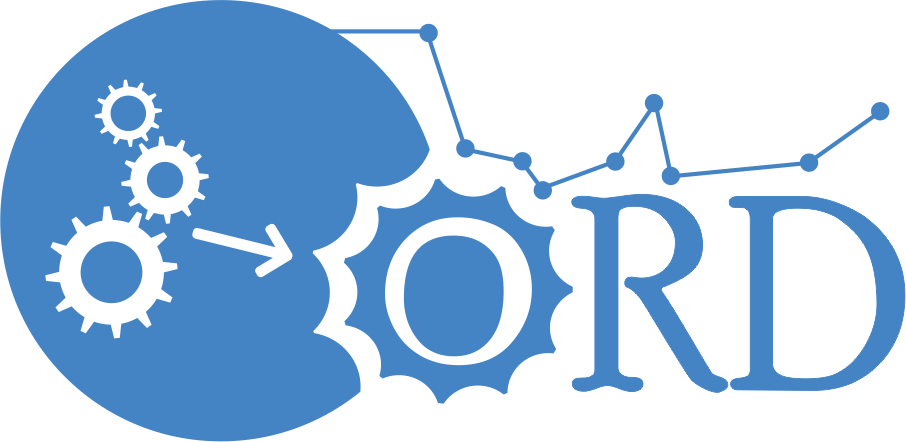Issue: 2017/Vol.27/No.4, Pages 45-69
MANAGEMENT AND DECISIONS IN THE STRUCTURES OF HUMAN ACTIVITIES
Tadeusz Galanc , Wiktor Kołwzan
, Wiktor Kołwzan , Jerzy Pieronek
, Jerzy Pieronek , Agnieszka Skowronek-Grądziel
, Agnieszka Skowronek-Grądziel
Cite as: T. Galanc, W. Kołwzan, J. Pieronek, A. Skowronek-Grądziel. Management and decisions in the structures of human activities. Operations Research and Decisions 2017: 27(4), 45-69. DOI 10.5277/ord170403
Abstract
This article has been devoted to the key dimensions of decision-making. The main goal of the authors was to point out the role and effect of invariants of nature, logic and conceptual systems of science and management, which are extremely important in decision-making processes. The research hypothesis has been tested that the complexity of decision-making and management are determined by the state of reality (Nature). This hypothesis is related to the fact that in science there is currently no uniform methodology associated with decision-making, just as science is not methodologically uniform. One can even doubt whether it is possible to describe the essential dimensions of decisions undertaken by Man, as discussed in this article. These problems are not a novelty to science, since they have been analysed by many scientists in the past. The authors of the article present the complexity and diversity of concepts defining systems of decision-making and management, based on selected fields of knowledge which are generally relevant to this issue, in particular fields associated with ontology and epistemology. Therefore, the text refers broadly to investigating the reality of basic areas of human knowledge and the overlapping relationships between them. This applies to the so-called circle of the sciences proposed and examined by the psychologist J. Piaget. An additional aim of the authors was to create a text presenting contemporary human knowledge about the reality which surrounds us. To understand reality means to be in relative equilibrium with it.
Keywords: management, decision-making, structure, algorithm, scientific language
Received: 8 January 2018 Accepted: 31 January 2018
